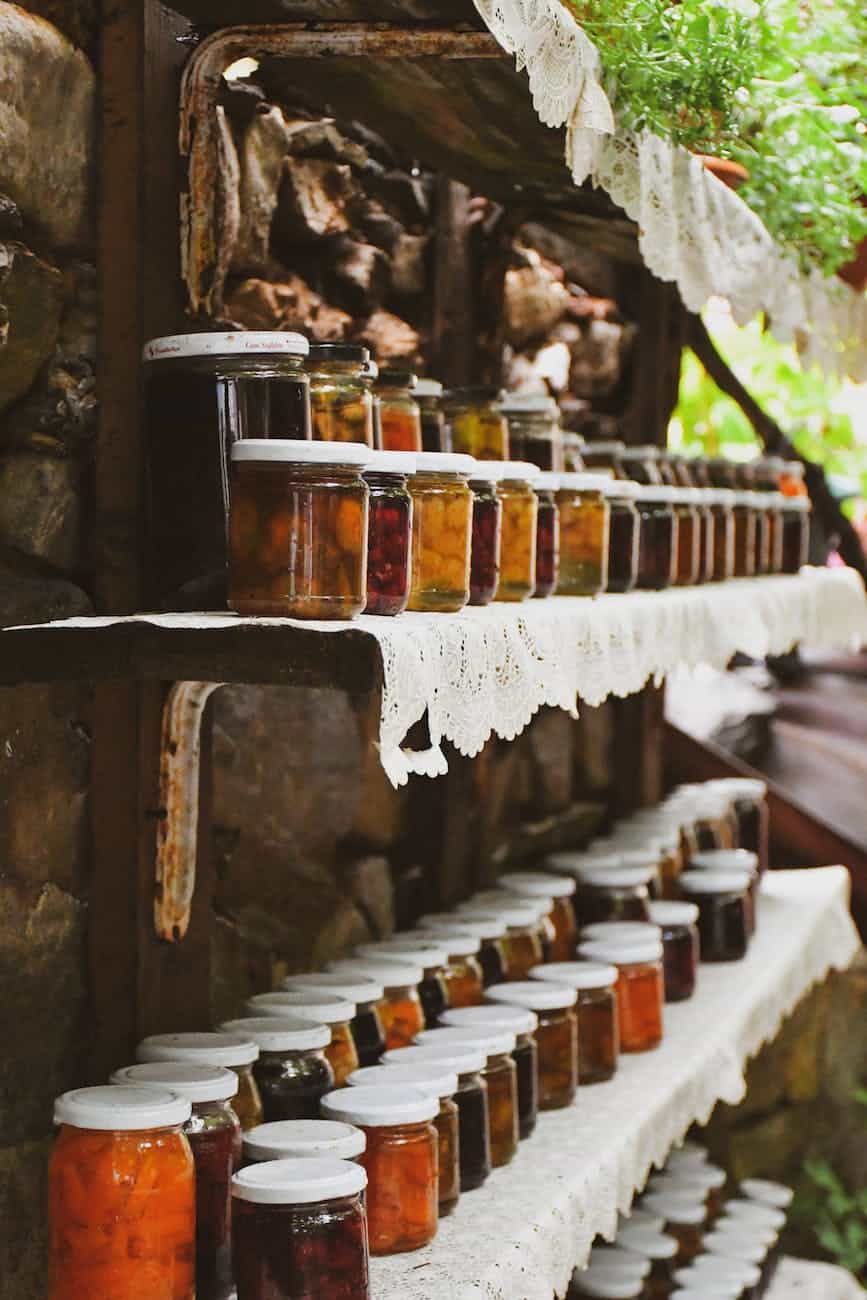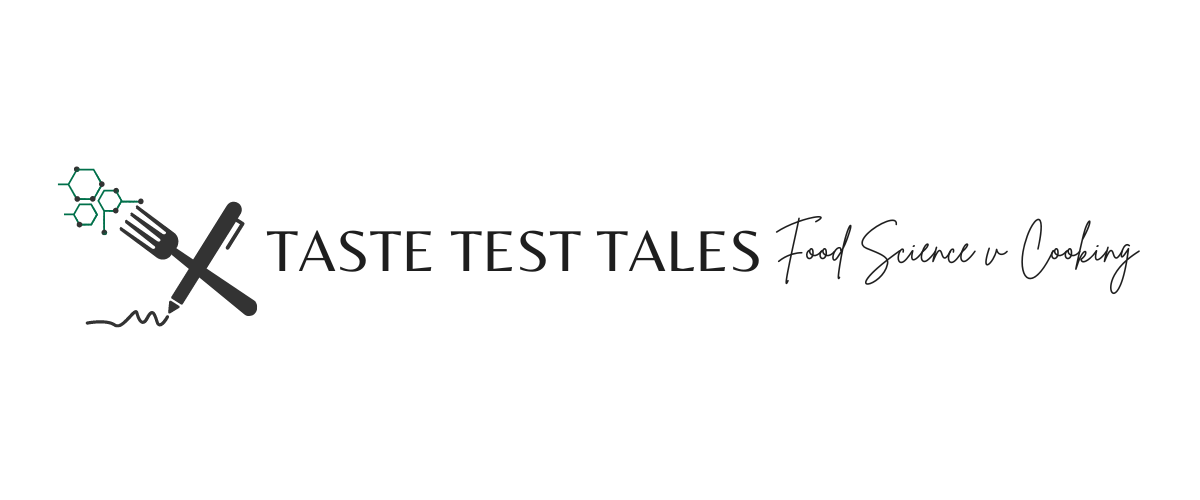
12 Feb Various Ways to Preserve Food
Food preservation is a time-honored practice that has allowed humans to enjoy fresh and nutritious food throughout the year. Over the centuries, various techniques have been developed and refined to slow down or stop the natural processes that cause food to spoil, such as oxidation, bacterial growth, and enzymatic activity. From drying and freezing to pickling and canning, these methods have evolved and adapted to meet the needs of different cultures and climates. In this article, we will explore the historical origins of food preservation and how it has shaped our modern approach to keeping food fresh and safe.
Drying: An Ancient Method of Preservation
One of the earliest methods of food preservation is drying, which involves removing moisture from food to inhibit the growth of bacteria and other microorganisms. Evidence shows that cultures in the Middle East and Asia actively dried foods as early as 12,000 B.C., harnessing the power of the sun and wind to naturally dehydrate their food sources. In regions where strong sunlight was scarce, purpose-built “still houses” were used to dry fruits, vegetables, and herbs using fire-generated heat. The Romans, in particular, were fond of dried fruits and used specialized techniques to preserve them.
Freezing: Nature’s Preservation Method
Freezing, another ancient preservation method, takes advantage of freezing temperatures to extend the shelf life of food. Cultures in regions with freezing climates, such as the Arctic and Subarctic, utilized the cold temperatures to preserve foods naturally. Cellars, caves, and cool streams were also used to store food at temperatures below freezing. In more recent history, icehouses were built to store ice and food, eventually evolving into the modern concept of the “icebox.” The invention of mechanical refrigeration in the 1800s further revolutionized freezing as a preservation method, enabling people to freeze food for extended periods.
Fermentation: A Natural Preservation Process
Fermentation is a preservation method that was not invented but rather discovered. It occurs when microorganisms convert carbohydrates into organic acids, preserving the food in the process. Fermented foods like yogurt, cheese, sauerkraut, and pickles have been enjoyed for centuries. Some anthropologists believe that the cultivation of barley for brewing beer around 10,000 B.C. played a significant role in the transition from a nomadic lifestyle to settled farming communities. Fermentation not only preserved foods but also enhanced their nutritional value and flavor profile, making them more palatable.
Pickling: Preserving with Acid
Pickling is a preservation method that involves soaking food in vinegar or brine, creating an acidic environment that inhibits bacterial growth. The process of making vinegar itself involves fermenting starches or sugars into alcohol, which is then oxidized by specific bacteria to form acetic acid. The origins of pickling can be traced back to ancient times when food was preserved by placing it in wine or beer, which had a low pH. The Romans, known for their love of pickled foods, even made a concentrated fish pickle sauce called “garum.” Over time, pickling evolved, and various ingredients and spices were added to create a wide range of pickled products, including chutneys, relishes, and mustards.
Curing: Preserving Through Dehydration and Salting
Curing, in its earliest form, involved dehydration through the use of salt. Salt was used to desiccate foods, effectively removing moisture and inhibiting bacterial growth. Different sources of salt, such as rock salt, sea salt, or spiced salt, were chosen based on their culinary properties and flavors. In the 1800s, it was discovered that certain salts containing nitrites, such as saltpeter, gave meat a desirable red color and also inhibited the growth of Clostridium botulinum, a bacterium that causes botulism. This discovery led to the introduction of cured meats that were visually appealing and safe to consume.
Jam and Jelly: Preservation with Sweetness
Preservation through the use of honey or sugar has been known since ancient times. Fruits were preserved by keeping them in honey or cooking them with sugar. In ancient Greece, quince was mixed with honey, dried, and packed tightly into jars. The trade routes between Europe and the Orient brought sugar cane to northern climates, where housewives learned to make preserves by heating fruits with sugar. These sweet preserves became a popular way to enjoy the flavors of fruits throughout the year.
Canning: A Revolutionary Preservation Method
Canning is a relatively modern method of food preservation that involves placing food in jars or cans, heating them to destroy microorganisms, and creating a vacuum seal to prevent recontamination. The development of canning can be attributed to a French confectioner named Nicolas Appert, who discovered in the late 18th century that sealing food in glass bottles and applying heat preserved them from spoilage. Later, Englishman Peter Durand introduced the use of tin cans for canning. The significance of canning, particularly in relation to the prevention of botulism caused by Clostridium botulinum, was not fully understood until the discoveries of Louis Pasteur in the 19th century.
The Cultural Significance of Food Preservation
Food preservation not only served as a means of sustaining life but also had cultural significance throughout history. Preserved foods were often associated with special occasions, religious ceremonies, or celebratory meals. As societies became more urbanized and reliant on commercially procured foods, the preservation of homegrown produce and traditional techniques took on a new meaning. Today, many individuals maintain gardens and preserve their own foods to connect with their roots and preserve cultural culinary practices.
Conclusion: A Blend of Tradition and Innovation
Food preservation techniques have come a long way from ancient practices to modern methods. While the underlying principles remain the same, advancements in technology and scientific understanding have refined and expanded our repertoire of preservation techniques. Whether it’s drying, freezing, fermenting, pickling, curing, or canning, each method offers unique benefits and flavors. As we continue to explore and embrace these preservation techniques, we celebrate the rich history and cultural significance they hold, while also adapting them to meet the needs and tastes of the modern world.
Food preservation allows us to enjoy the taste of summer fruits in the depths of winter, savor the flavors of traditional pickled vegetables, and appreciate the art of curing meats. By preserving food, we not only reduce waste and save money but also connect with our culinary heritage and foster a sense of community. So, let’s embrace the ancient wisdom and innovative techniques of food preservation and continue to explore the world of flavors that it opens up to us.


No Comments